Moisture exposure challenges the bond between label and surface—but a cohesive construction keeps that bond intact. Labels built for splash, condensation, and humidity rely on stable adhesives, balanced materials, and protective print surfaces. Without the right structure, water exposure can lead to peeling, smudging, or image loss. Cohesive label constructions maintain adhesion and readability through your processes.
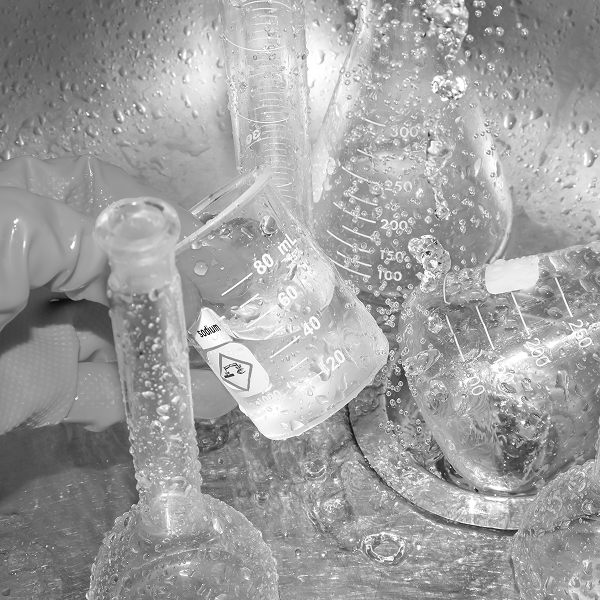
Water exposure challenges label durability in ways that are often overlooked. Humidity, condensation, splash, and full immersion each introduce risks that can lead to peeling, print failure, or loss of adhesion if the label construction isn’t properly matched to the environment. Reliable identification in these conditions depends on careful selection of materials, adhesives, and print strategies designed specifically for moisture resistance.
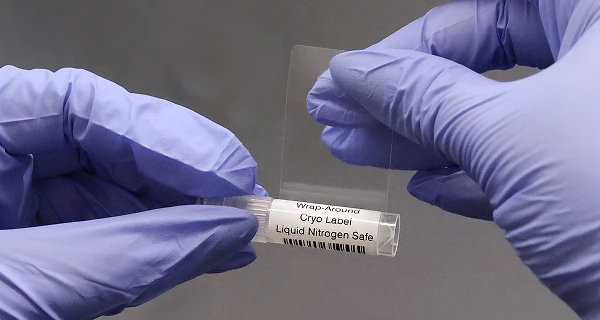
Moisture resistance takes more than a waterproof label. The conditions of exposure—how water interacts with the label and for how long—determine the right approach. Face stock selection, adhesive chemistry, and protective layers all contribute to maintaining label integrity through wet environments.
Moisture in the form of condensation or high humidity can slowly compromise label performance. These conditions are common in cold storage, thawing processes, and temperature-controlled environments where surface condensation forms. Adhesives with high moisture tolerance and face stocks that resist curling or edge lift help maintain secure adhesion and legibility over time.
Frequent contact with liquids—whether from splashes, spray, or cleaning wipe-downs—can wear down label surfaces not designed for repeated exposure. Over time, this contact may soften adhesives or damage printed images. Moisture-resistant constructions use stable adhesives and protected print surfaces to ensure labels remain intact through routine cleaning cycles.
Immersion in water or liquid solutions places the greatest demands on label construction. Whether labels are exposed during wash cycles, chemical baths, or water-based sterilization, prolonged submersion requires adhesives, face stocks, and print systems that remain stable throughout the process. Properly engineered labels maintain adhesion and barcode readability even after extended time underwater.
Adhesives bond to surfaces, not to water itself. No matter how advanced the adhesive formulation, it cannot create a stable bond through a layer of moisture. Applying a label to a wet surface prevents proper contact between the adhesive and the material beneath. For this reason, wiping the surface dry before application is almost always required.
Once the label is securely applied to a clean, dry surface, the adhesive can form a strong bond that stands up to future exposure. Moisture resistance refers to the performance of the label after application—protecting against splash, condensation, immersion, or humidity during use. Taking the time to prepare the surface properly ensures that the label construction can perform as intended throughout its lifecycle.

Not all labels are built the same. Share a few details about your product or environment, and we’ll recommend a label designed to stick, stay readable, and hold up under pressure.
Moisture resistance depends on more than just choosing the right adhesive. Face stock selection, adhesive chemistry, and print protection all work together to ensure labels stay intact and readable in wet environments. Matching these components to the specific exposure conditions is key to long-term performance.
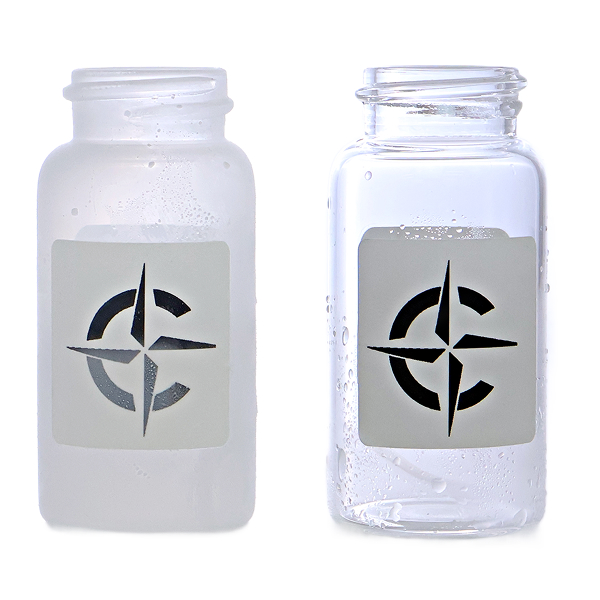
Both the face stock and adhesive layer play essential roles in moisture-resistant label performance. Films offer the dimensional stability needed to prevent swelling, curling, or distortion when exposed to humidity or water. Adhesives, meanwhile, must maintain bond strength without softening or shearing under moisture stress.
The right pairing of these two components allows labels to remain secure and readable through splash exposure, condensation, or full immersion. Successful moisture resistance depends on matching material properties and adhesive chemistry to the specific conditions of your process.
Face stocks and adhesives must work together as a system—neither can deliver moisture resistance alone. Acrylic adhesives are typically the preferred choice for wet environments due to their resistance to water softening and bond loss. Within this category, solvent acrylics provide superior long-term stability, while tackified acrylics enhance initial bonding on low surface energy materials. Selecting the right construction ensures the label stays in place and intact across a range of moisture exposures.
Adhesive cohesion refers to the internal strength of the adhesive layer—its ability to hold together under stress without softening, shearing, or flowing. In moisture-resistant label constructions, cohesive strength ensures that the adhesive remains stable even when exposed to water, humidity, or condensation. This property prevents edge lift, peeling, and bond failure over time, supporting reliable adhesion through both splash exposure and full immersion conditions.
Dimensional stability describes how well a label maintains its original shape and size when subjected to environmental changes like moisture, heat, or temperature fluctuations. In wet conditions, materials with poor dimensional stability may curl, shrink, or distort, especially at the edges where adhesive performance is most vulnerable. Moisture-resistant labels use stable film face stocks and balanced constructions to prevent these distortions, ensuring consistent coverage and reliable identification.
Crosslinked surface layers provide a stable, durable foundation for printed information, particularly when using thermal transfer resin ribbons. The crosslinking process chemically bonds the surface coating, creating a resilient network that resists smudging, abrasion, and moisture intrusion. This structure protects the printed image through wipe-downs, splash exposure, and immersion, ensuring barcode readability and data integrity remain intact throughout the label’s use.

Exposure to water, humidity, or cleaning agents can damage printed images if the label surface is not properly protected. The right combination of print method, surface coating, and protective layers prevents smudging, fading, and abrasion. For moisture-resistant labels, print durability depends on both the print technology used and the stability of the label’s surface construction.
Labels exposed to water, humidity, or condensation show up across a wide range of industries and applications. From product identification on challenging surfaces to traceability through cleaning, sterilization, or storage processes, moisture resistance helps maintain reliable labeling where standard constructions can fail. Understanding both the type of surface and the conditions of exposure is key to selecting the right label solution.
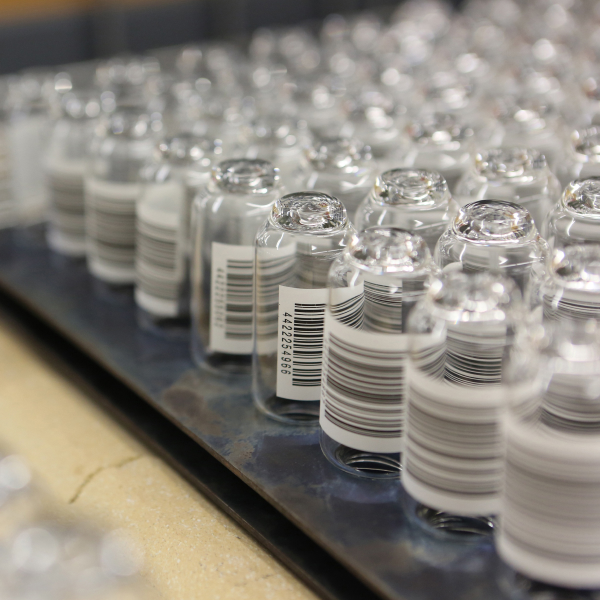
Moisture-resistant performance begins with how well the label bonds to the product surface. Surface energy, texture, and material composition all affect how adhesives interact with the substrate—especially under wet conditions. Smooth surfaces like glass and metal may resist adhesive wet-out, while low surface energy plastics or flexible materials like silicone and rubber require specialized adhesives for stable bonding. Selecting a label construction that accounts for these surface characteristics helps ensure secure adhesion.
Smooth, non-porous materials like glass and metal
Low surface energy plastics, including polypropylene and polyethylene
Flexible, high-recovery materials like silicone and rubber
Porous or absorbent surfaces such as fabric and textiles
In humid or wet environments, condensation on glass can further interfere with adhesion if the label construction is not properly matched. Moisture-resistant labels for glass rely on adhesives that promote wet-out and maintain cohesive strength.
Low surface energy plastics limit adhesive contact and weaken initial bond formation. Moisture-resistant adhesives for plastic labeling are formulated to maintain tack and cohesion while accommodating the specific surface energy of these materials.
Water and humidity challenges take many forms, from cleaning and sterilization processes to long-term environmental conditions like storage or transportation. Understanding the type of moisture exposure helps determine the label construction best suited for the application.
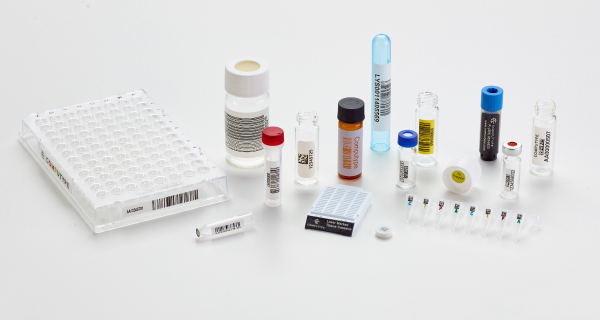
Cryogenic storage, thawing processes, autoclaving, and chemical wash steps all introduce moisture risks for labels in laboratory environments. Accurate identification is critical for maintaining sample traceability and data integrity across these processes.
Medical device labeling, IV bags, blood bags, and specimen tubes often encounter moisture through sterilization, refrigeration, or handling with gloved, wet hands. Labels in these settings must survive exposure without peeling, smudging, or bond loss.
Equipment labels, component marking, and work-in-process identification may face exposure to water spray, cleaning cycles, or immersion in rinse baths. Durable labeling supports safety, traceability, and production efficiency across these moisture-prone applications.
Connect with us to explore how our labeling solutions can support your products. Unlock new efficiencies with our expertise.
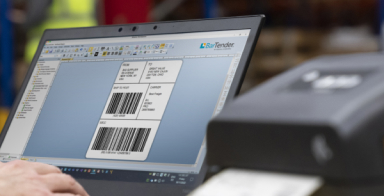
BarTender makes label design and printing simple and efficient. Integrate easily with agricultural systems for compliance and tracking.
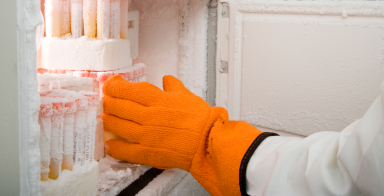
Cryo labels remain durable in extreme cold conditions. Ideal for long-term storage of samples at ultra-low temperatures.
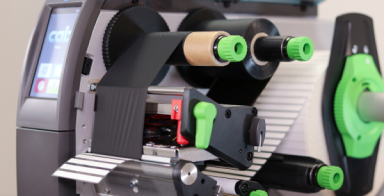
The cab Squix printer delivers precise, high-quality label printing for various applications. It combines versatility and reliability to meet demanding needs.







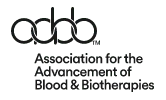
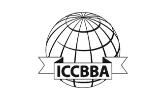


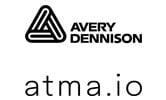
© Computype 2024
© Computype 2024
Take advantage of our volume discounts for bulk orders. Reach out to us for a personalized quote tailored to your needs.
"*" indicates required fields